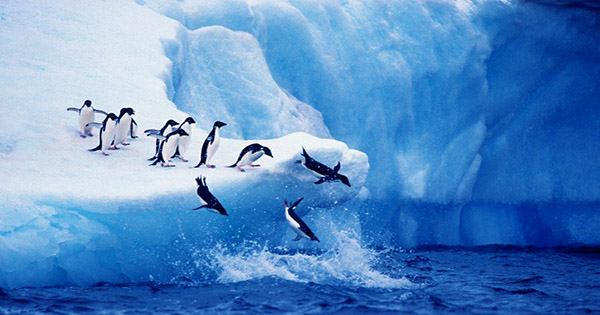Climate crisis affects every part of the planet but some are more affected than others. For a long time, Antarctica has been relatively stable compared to the face of our warming world. Some regions have experienced unexpected cooling, which has given us reason to be optimistic. Unfortunately, recent observations illustrate more about the picture. The latest study published in Nature Climate Change shows that the South Pole has experienced record warming of 1.6 degrees Celsius (3.3 degrees Fahrenheit) in the last 30 years. Due to anthropogenic global warming, it is three times more than the expected temperature rise.
The work highlights a complexity related to temperature variations in Antarctica that we have not yet understood. Research data has linked the phenomenon to the north with an increase in temperature at the South Pole. In 2018, the region was 2.4 degrees Celsius (4.3 F) warmer than in the 1981-2010 decade. This was due to the isolation of a strong cyclone in the Waddell Sea around Antarctica. The catastrophe was caused by higher sea surface temperatures in the western tropical Pacific Ocean, which resulted in warmer, humid air moving toward the Antarctic interior and reaching the South Pole.
Lead author Dr. Kyle Clem from the University of Wellington said in a statement, “It shows that Antarctica’s climate is closely linked to tropical variability. Our study further shows how atmospheric variability can induce extreme regional climate change across the interior of the Antarctic, which has faced some ethnographic warming signals in the twenty-first century. “Indeed, in the last 30 years, the South Pole has warmed three times faster than global average warming; at the same time warming has stopped and even reversed across the Antarctic Peninsula and across West Antarctica.”
This study really brings home how complex it is to model the changing climate of Antarctica. Strong temperature variations in this region are certainly possible without the effects of human activity, but comparisons with models suggest that this is not just related to greenhouse gas emissions.
The team is interested in studying how abnormalities in the atmosphere around the southern continent affect its ice sheets and the oceans around it. “So while our study has identified the possible causes of strong cyclones and their effects on inland Antarctic temperatures, what else has this abnormal circulation done to local sea ice and Christopher, and will it continues in the future?” Clam finished.
















